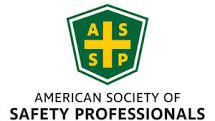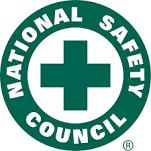Contractor Takeover Leads to Tortious Interference with Contract and Conspiracy Claims
When a subcontractor is having trouble completing its subcontract work, it is not uncommon for a contractor to assert itself more directly into the completion process to help expedite the work. What’s the harm you might ask? A recent Loudoun County, Virginia case answered that question: It could lead to tortious interference with contract and conspiracy claims by the subcontractor.
That case was Evans Construction Services (the subcontractor) versus Ox Builders (the contractor), and it also included a claim by the subcontractor against the contractor’s site superintendent, Lawler, as a co-defendant in the case individually. Evans alleged that Ox and Lawler tortuously interfered with Evan’s subcontracts by dealing directly with the subcontractors and directing the subcontractors’ work, cutting Evans out of the picture. Evans sought to recover its lost profits.
Ox and Lawler argued against liability because Evans’ claims sought redress outside of Evans’ subcontracts with Ox and because Evans had no contract with Lawler at all, moving to dismiss Evans’ lawsuit as a matter of law. The court denied that motion, holding that the facts as pled by Evans were legally sufficient if ultimately proven by Evans, to support a claim for breach of legal duties separate from duties arising contractually only; and specifically for wrongful interference with Evans’ subcontracts and Evans’ related conspiracy claim against the defendants.
Although the court acknowledged that Evans’ claims were interrelated with the Ox – Evans subcontracts underlying the parties’ relationship, those common facts could support both contractual and non-contractual breach claims in certain circumstances. The court further determined that such circumstances, if ultimately proven, included Evans’ claims that Ox and Lawler violated their independent common law duties to not interfere with Evans’ lower tier subcontracts and not conspire together to injure Evans in its business. The court, therefore, allowed Evans’ claims to proceed to trial on their merits.
The defendants apparently did not argue to dismiss the conspiracy claim on the basis Lawler, as an employee of Ox, could not conspire with Ox, his employer (referred to as the intercorporate immunity doctrine), or at least that defense was not discussed in the court’s decision. But, regardless, this decision reflects the necessity for caution “going around” subcontractors when subcontract disputes arise.
Author: Neil S.Lowenstein






